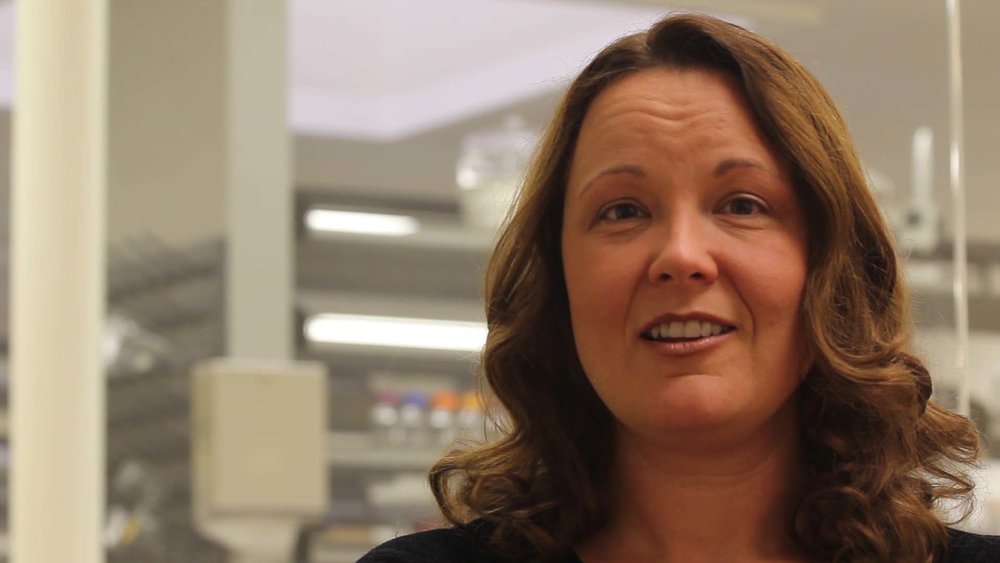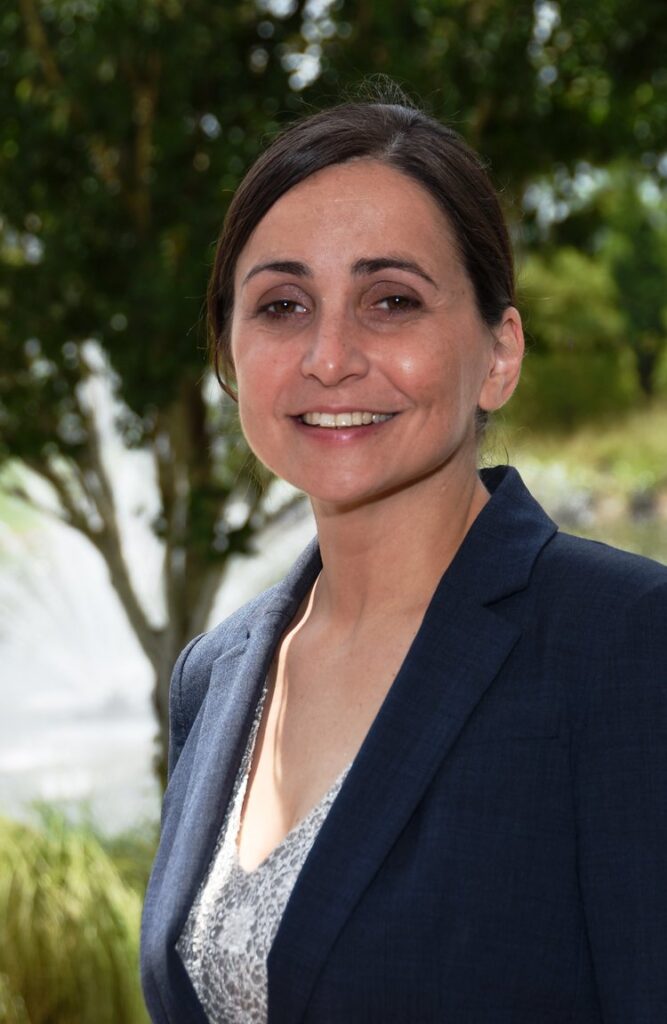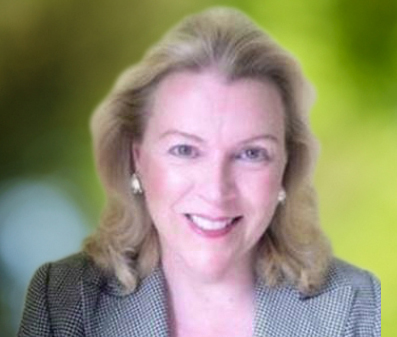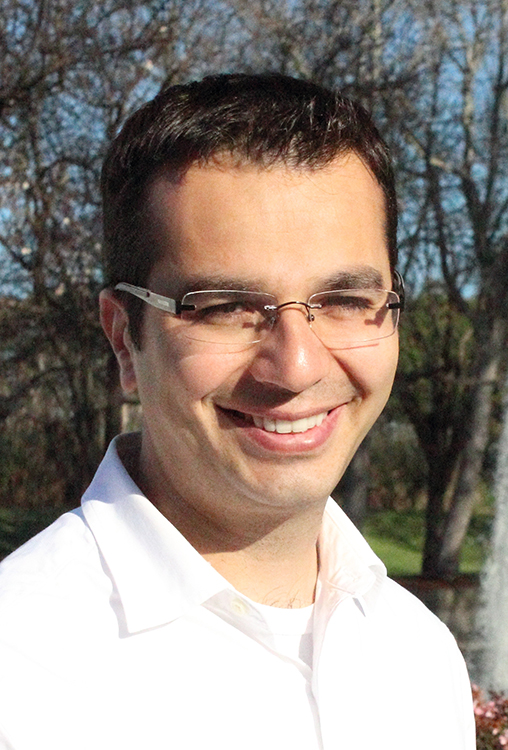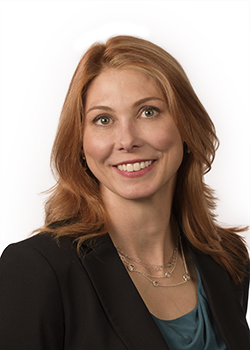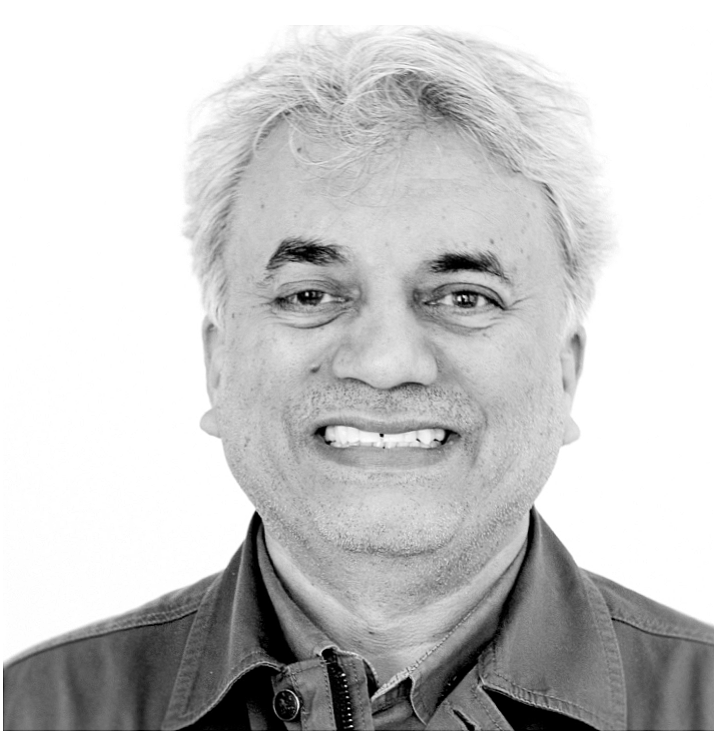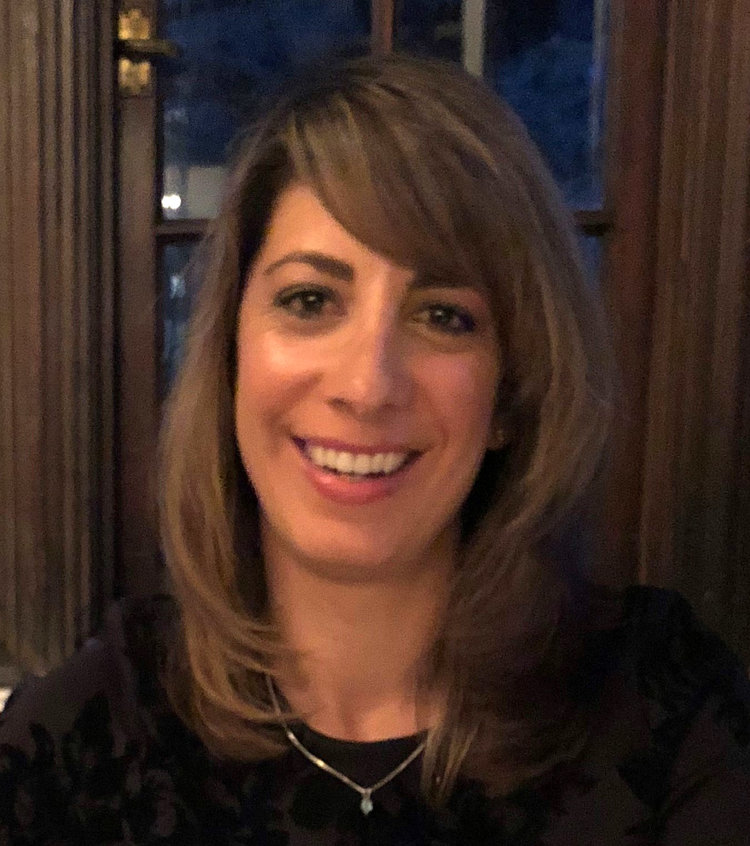
Set yourself up for success in your startup’s approach to effectively navigate the regulatory pathway to market and maximize your interactions with FDA. Join this seminar to hear from Nada Hanafi, Chief Strategy Officer of Experien Group, headquartered in San Jose, CA. This discussion will focus on the critical success factors that go into a comprehensive regulatory strategy and the benefits of FDA’s Q-Submission process for state-of-the-art medical devices and innovative technologies.

Natalie Wisniewski, PhD, is co-founder and CTO of Profusa, which develops and markets real-time biosensors that provide unprecedented insights into our overall health status. Together, she and her co-founders, executive team, collaborators and advisors built the company road map, enlisted top talent, secured funding and turned innovative concepts into products. Join us to hear the lessons she has learned as a health tech inventor and entrepreneur.

You’ve developed a compelling value proposition for your physician stakeholders, but what about the hospital who will have to pay for your product? Well before commercializing, entrepreneurs need to consider both clinical and economic positioning for the hospital. How will hospital administration and value analysis committee (VAC) assess your technology and what will it take to get it approved? Join us on February 26 to learn more about selling to the hospital stakeholder with Amie Borgstrom, President of Borgstrom Consulting Group and a former Global Vice President of Marketing for Zimmer Biomet and for Baxano Inc, a venture backed medtech start-up.

To maximize value for stakeholders–and themselves–founders need to make the right decisions concerning financial and legal issues such as capital structure, transactions, scaling, possible exits and personal financial planning. The choices they make today, for example, may have unanticipated consequences with respect to capital raises, taxable income, and income taxes. Join us to hear from this panel of financial and legal experts as they discuss what founders should do to achieve the best possible outcome.

If you are to succeed in commercializing a medical device, you need a clear path to reimbursement. However, the path is often nonintuitive, and increasing globalization has complicated matters. Payers now reference prices from around the world and employ health economics and cost containment tools first seen in pharma. Some companies have adapted by seeking revenue for services beyond the physical product. Join us to get the full briefing from Ali Samiian, Global Head of Market Access, Health Economics and Pricing at Abbott Diabetes Care.

It’s important not just to get funding for your venture but also to ensure that you engage the right investors–people who genuinely want to help you grow and succeed. An expert in investor relations, Caroline Corner is Managing Director at the SF office of Westwicke Partners, a strategic capital markets advisory firm. Join us January 17 to learn what to include in your pitch deck, how to build credibility, and how to connect with quality investors.

If your product addresses a viable market, it will have competition. Your commercial success can depend to a large extent on the good or bad experience that users–clinicians and patients–have while using your device or system. How can you ensure that users have a good experience? Join us to learn from Rajan Patel, founder and CEO of the firm iO life science. (Speaker info has been updated from the original)

As described in the 21st Century Cures Act, products eligible for Regenerative Medicine Advanced Therapy (RMAT) designation include cellular therapies, therapeutic tissue engineered products, human cell and tissue products, or any combination products that use such therapies or products. Multipotent stromal cells (MSCs) and induced Pluripotent Stem Cells (iPSCs) have been popular sources for manufacturing RMAT products due to their ability to undergo lineage-specific differentiation. Despite great promise, successful clinical translation of such cell-based products is often hindered by manufacturing challenges and the lack of reliable markers that can predict the products’ in vivo performance. For instance, MSCs are very heterogeneous and responsive to their surrounding environment, resulting in distinct subpopulations of cells with potentially different amounts of qualities needed for product potency. Since there are numerous biochemical and biomechanical factors regulating the functions of MSCs, it is critical to develop reliable high-throughput assays that enable the efficient exploration of large and complex parameter spaces for evaluating cellular function. Microscale in vitro systems offer the practicality to fulfill this unmet need. Several simple microfluidic channel arrays have been successfully implemented in screening the influence of paracrine mediators and various tissue microenvironment components in the regulation of cellular functions. In addition, microphysiological three-dimensional organoids and tissue-like structures such as chondrogenic cell aggregates and blood vessels have been incorporated into high-throughput, cell-based screening platforms in efforts to provide functionally relevant in vivo-like conditions. This presentation will give an overview of practical microscale technologies that are simple to operate while enhancing throughput, relevance, and reliability. How such technologies could be employed in the assessment of cell-based products will be discussed.

How are areas of opportunity for medtech invention discovered? Is there a single optimal approach to healthcare innovation or are there multiple approaches that work equally well? Do global healthcare companies use the same framework for innovation as start-up companies? Join us on October 30th to hear Dr. Sanaz Saatchi’s perspective and recommended methodologies to drive innovation. Previously, Dr. Saatchi led the development of cardiovascular medical devices from inception to commercial launch at Medtronic and helped multiple start-up companies determine the strategic product-market fit for novel technologies.

Your pitch deck is a key element of your fundraising strategy. You’ll be pitching live, of course, but also emailing it to potential investors and partners, who will have limited time to look at it because they’re considering many other pitches. Pitch decks can evolve over time—but it’s more efficient to get the job done right early on! Shubhra Jain is an investor with Cota Capital. Join us to hear Shubhra’s tips on what matters in a pitch deck and what can make a deck stand out to investors.

